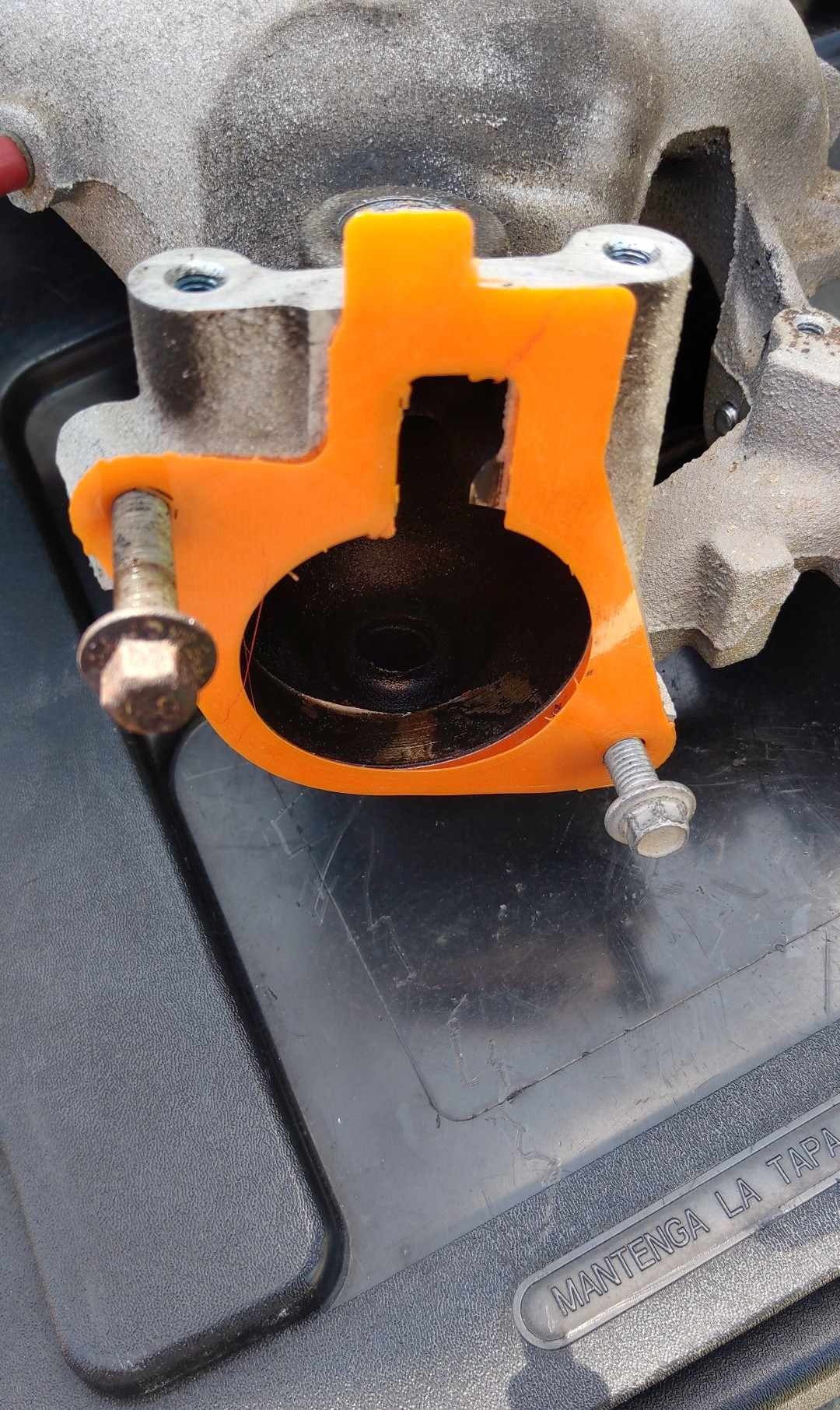Functional 3D Printing
4 readers
1 users here now
Welcome fellow prototypers! This communities' purpose is to help others and share functional 3D Printing related information. While other 3D Printing Communities are a good resource, sometimes too many help posts get buried under memes and fluff. This will remain technically focused and keep the fluff removed. Please help your fellow 3D Printer hobbyists as much as you can with their issues! and showcase your functional prints and how you use or created them.
founded 2 years ago
26
28
29
30
31
32
33
34
35
36
37
38
39
40
41
42
43
44
45
46
47
48
49
50











